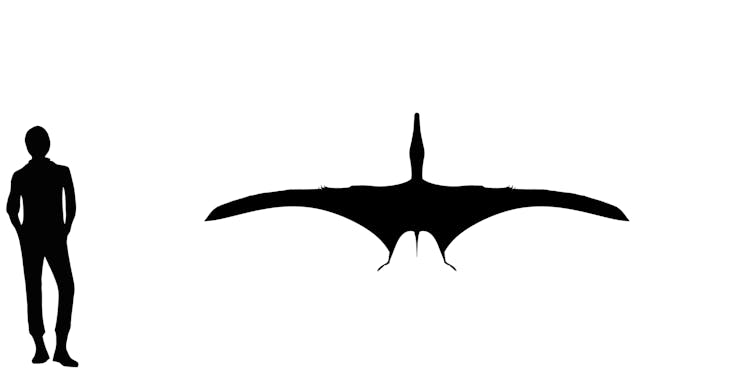


The genus name of Nurhachius ignaciobritoi honors a ruler of the Qing Dynasty named Nurhaci, while the species name was given in honor of Ignácio Aureliano Machado Brito. The latter is a Brazilian paleontologist who pioneered many new techniques in the study of pterosaurs. It was named by a team of Alexander Kellner, Wang Xiaolin and colleagues in 2005.
As for the pterosaur itself, it is a medium-sized istiodactylid. The animal's skull is 33 centimeters long while the wingspan is estimated as 2.5 meters across.
Istiodactylids are well known for being land hunters with powerful teeth and jaws, possibly with the ability to tackle very hard foods. Istiodactylus itself is known from the Early Cretaceous of England, and the location of Nurhachius shows how far these animals spread during this time. Nurhachius is from the highly fossiliferous Jiufotang Formation, showing how these creatures diversified during the Cretaceous.
